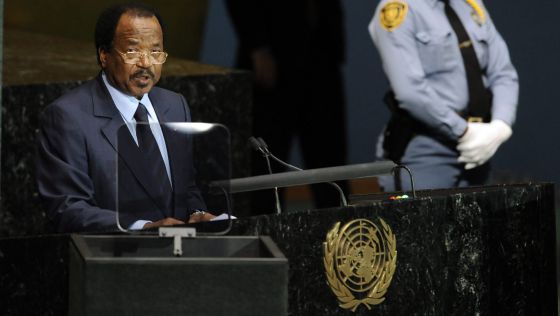The magic money tree
Oct 31st 2011, 12:37 by Buttonwood
IT IS hardly surprising that the markets are having second thoughts about last week's euro zone rescue deal. The scale of the relief rally on Thursday was surely prompted by the fact that some deal was done, not by the (sketchy) details of the deal itself.
Take the three aspects of the deal - Greek debt write-down, bank recapitalisation and the boosting of the firepower of the EFSF. On Greece, a 50% writedown of debt is what many people had called for. But this is just a write-down of private sector debt (even then it's not clear whether this can be achieved on a voluntary basis). A lot of Greek debt is now owned by official bodies who are not willing to take a write-down at all. So Greece will still be left with an 120% debt-to-GDP ratio by 2020, a level that looks unsustainable. The word "solution" hardly seems to apply.
Any Greek write-down would hit the banks which is why recapitalisation is needed. But the €106.5 billion being raised is a lot less than others thought necessary (including the IMF). Nor is it clear from whom the money will be raised or whether the capital ratio will be boosted instead by banks shrinking their balance sheets, a development that would be unhelpful for the European economy.
So we turn to the EFSF. Here is the biggest problem facing European leaders; they want to let Greece default and to stand behind Italy and Spain, without making a specific pledge that would upset their domestic voters.
The EU leaders really desire a magic "money tree" which would come up with a new source of wealth to deal with this issue. The French hoped that the European Central Bank would act as the tree, guaranteeing all Italian and Spanish debt. The Germans vetoed the idea. Of course, the ECB has no "wealth" of its own; European governments stand behind it. So an ECB bailout would be another back-door way of having the rest of the euro-zone support Italy and Spain, but without telling the voters. (The hope was that such an ECB commitment would act as a bazooka that did not need to be used. By itself, ECB backing might push down Italian and Spanish yields and eliminate the funding problem.)
So how to gear up the EFSF without a huge and explicit governmental commitment? The answer was to come up with two complex structures, either an insurance scheme or a special purpose investment vehicle (SPIV). Again, EU politicians were trying to dance round the problem of where the losses might fall. If the weak EU countries pay a market rate for insurance, they may be no better off than before; the insurance cost would offset the lower yield they would pay on the bonds. And if the strong EU nations bear the loss, then their own credit ratings might be affected (notably France's AAA).
The idea of the SPIV was to get in outside money (from, say, China) to act as the money tree. But the Chinese are (quite logically, from their point of view) likely to drive a hard bargain. They have no desire to bear the losses. They may well demand that the strong European nations guarantee repayment. But if they do so, that leaves the Europeans bearing any losses (and thus back where they started). If the Europeans have to agree political concessions as well, this seems like a very bad bargain.
The big lesson from last week is that European governments could not (or would not) sort out the problem on their own. It is hard to see why this was a desperately bullish sign. The bond markets seem already to have seen through the plan; Italian ten-year bonds now yield 6.18% and are close to a record spread over German bunds.








